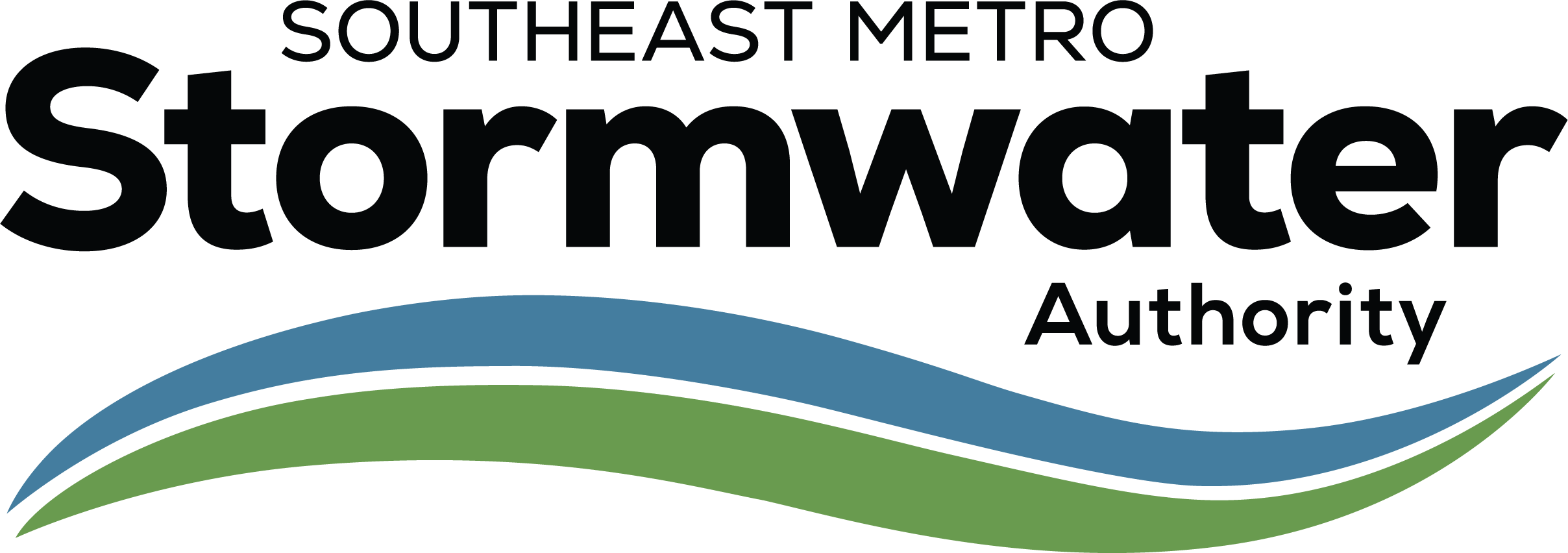Flood Insurance
Just because you do not live near a creek, it doesn’t mean you don’t need flood insurance. Blocked storm drains can also cause flooding of streets and neighborhoods.
- Your homeowner’s insurance policy DOES NOT cover flood damage.
- Anyone can buy flood insurance. Both the City and County participate in the National Flood Insurance Program (NFIP), which means if you live in the SEMSWA service area, you qualify for National Flood Insurance. Even renters can get flood insurance to cover the contents of their home or business.
- If my home is flooded, won’t federal disaster assistance pay for my damages? Not necessarily. Federal disaster assistance typically comes in the form of a low interest loan to help cover flood damage, not compensation for your losses. Even then, those loans are only available if the president formally declares a disaster and must be repaid along with any existing mortgage.
- It’s a good idea to buy flood insurance even if you live in a moderate – or low-risk area [i.e. outside the Special Flood Hazard Areas (SFHAs) or FEMA mapped 100-year floodplain). Anyone can be financially vulnerable to floods. People outside of high-risk areas (SFHAs) file over 25% of NFIP claims and receive one-third of disaster assistance for flooding For those located in moderate-to-low risk areas, you may qualify for the Preferred Risk Policy (a lower-cost flood insurance policy). This policy offers multiple coverage combinations for both buildings and contents (or contents-only, for renters).
- Flooding occurs in moderate-to-low risk areas as well as in high-risk areas. Poor drainage systems, rapid accumulation of rainfall, snowmelt, and broken water mains can all result in flooding. Properties on a hillside can be damaged by mudflows, which if defined exactly as it is in the Standard Flood Insurance Policy, can be covered under flood insurance.
- Why does my mortgage lender require me to buy flood insurance? Under federal law, the purchase of flood insurance is mandatory for all federal or federally related financial assistance for the acquisition and/or construction of buildings in high-risk flood areas. In high-risk areas, there is at least a 1 in 4 chance of flooding during a 30-year mortgage. Therefore, flood insurance is required by law for buildings in high-risk flood areas as a condition of receiving a mortgage from a federally regulated or insured lender. If the property is not in a high-risk area, but instead in a moderate-to-low risk area, federal law does not require flood insurance; however, a lender can still require it. It is also recommended since historically one-in-five claims come from these moderate-to-low areas. Note that if during the life of the loan the maps are revised and the property is now in the high-risk area, your lender will notify you that you must purchase flood insurance.
- I live in a high-risk area. After my home was damaged in a flood, I received federal disaster assistance. Do I need to purchase flood insurance now? Yes. If you live in an SFHA and have received disaster assistance in the form of a federal grant or loan, you must cover the building for flood insurance for as long as you own it. Should you sell the building, you are required to inform the new owner of the necessity to purchase and maintain flood insurance. Failure to carry flood insurance could result in the denial of future federal disaster assistance.
- Who do I contact if I want to purchase a flood insurance policy? The National Flood Insurance Program has an arrangement with private insurance companies to sell and service flood insurance policies. A list of private insurance companies that sell and service NFIP flood insurance policies is available to you.You may also contact your insurance agent or company to find out more about federal flood insurance or find an agent serving your area by filling out the Flood Risk Profile.
- What if I want to purchase more insurance than the NFIP offers? Many private insurance companies offer Excess Flood Protection, which provides limits over and above those of the. For more information, contact your insurance agent or company, or find an agent serving your area by filling out the Flood Risk Profile.
(Information provided by http://www.floodsmart.gov)
